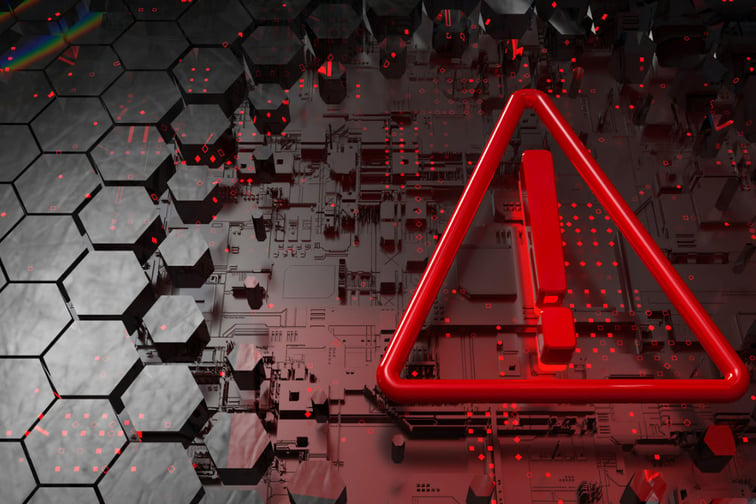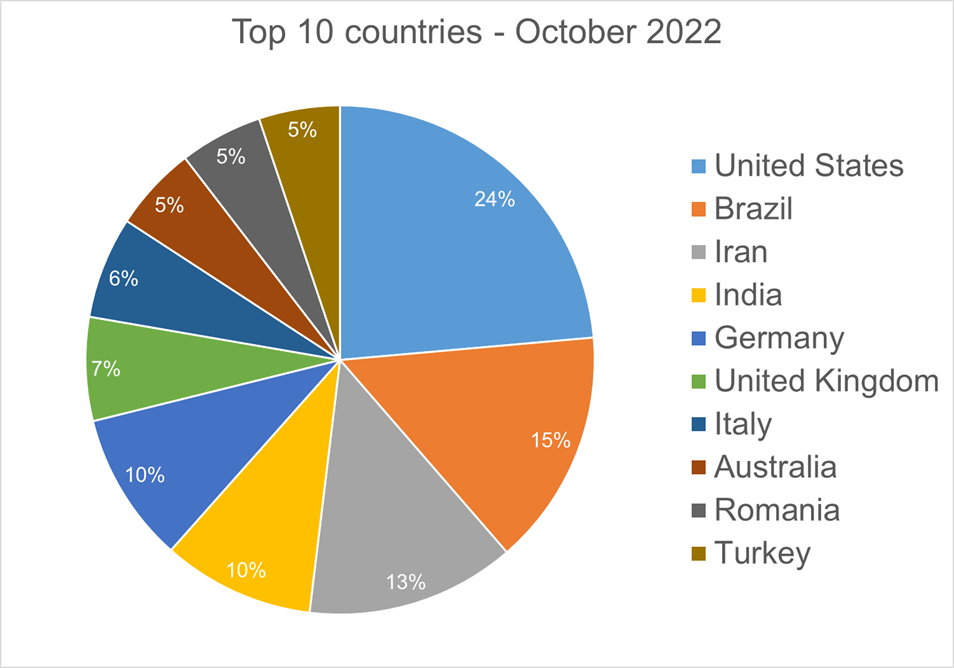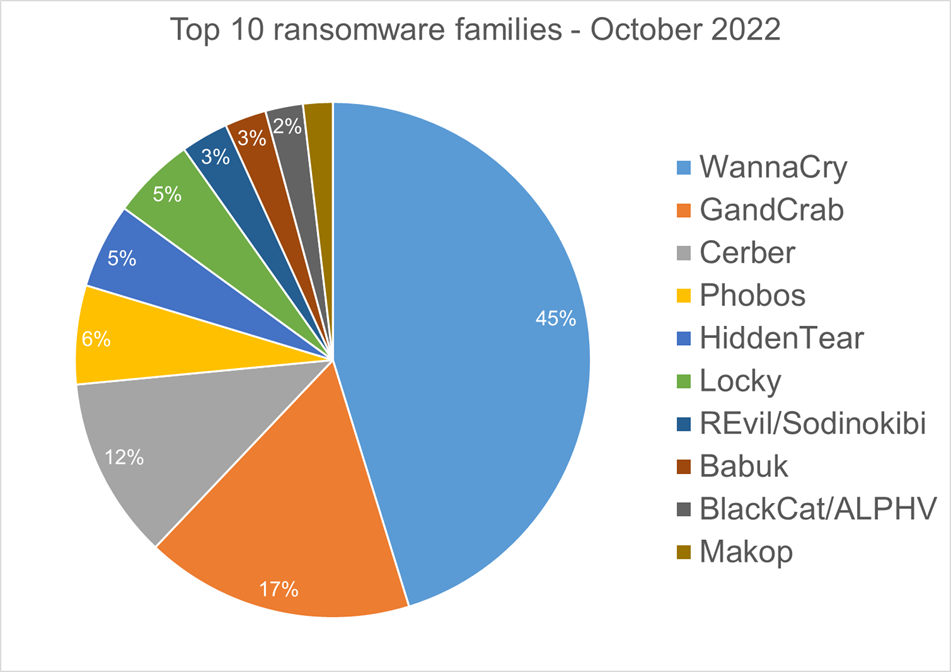

Australia ranks eighth in the top 10 countries most affected by ransomware attacks, according to cybersecurity solutions provider Bitdefender's November Threat Debrief.
The Bitdefender Threat Debrief (BDTD) is a monthly series analysing threat news, trends, and research from the previous month. The latest report reveals the countries most affected by ransomware attacks, the top ransomware families detected, and the top trojans targeting Android in October 2022.

Bitdefender detected ransomware from 150 countries in its latest dataset, proving that ransomware continues to be a threat that touches almost the entire world. As shown above, Australia took the eighth place, while the United States (US), Brazil, and Iran were the top three, accounting for a collective 52%.
“Many ransomware attacks continue to be opportunistic, and the size of population is correlated to the number of detections,” the report said.

After analysing malware detections from October 1 to 30, Bitdefender identified 189 ransomware families. The number of detected ransomware families may vary each month, depending on the current ransomware campaigns in different countries. In October, WannaCry, GandCrab, and Cerber were the top ransomware families detected, accounting for 74% collectively, with REvil/Sodinokibi also making an appearance.

According to Bitdefender's telemetry in October 2022, the top trojans targeting Android during the month were:
Lockton's latest research found that technology and cybersecurity were the top risks facing chief financial officers (CFOs) during Q1 and Q3 2022. Meanwhile, security giant Sophos' 2023 Threat Report advised organisations to brace themselves for a hostile cyber environment in 2023.
